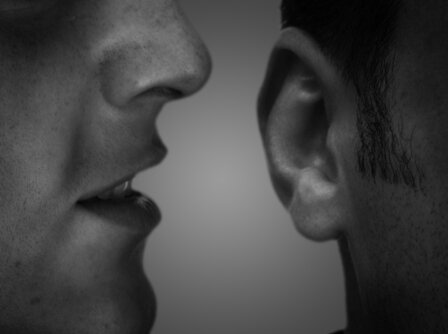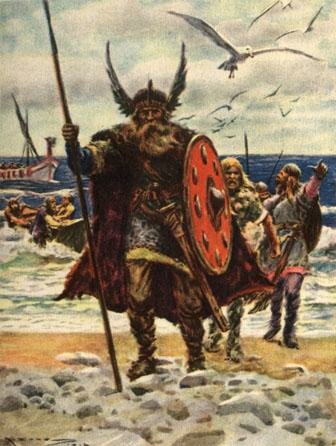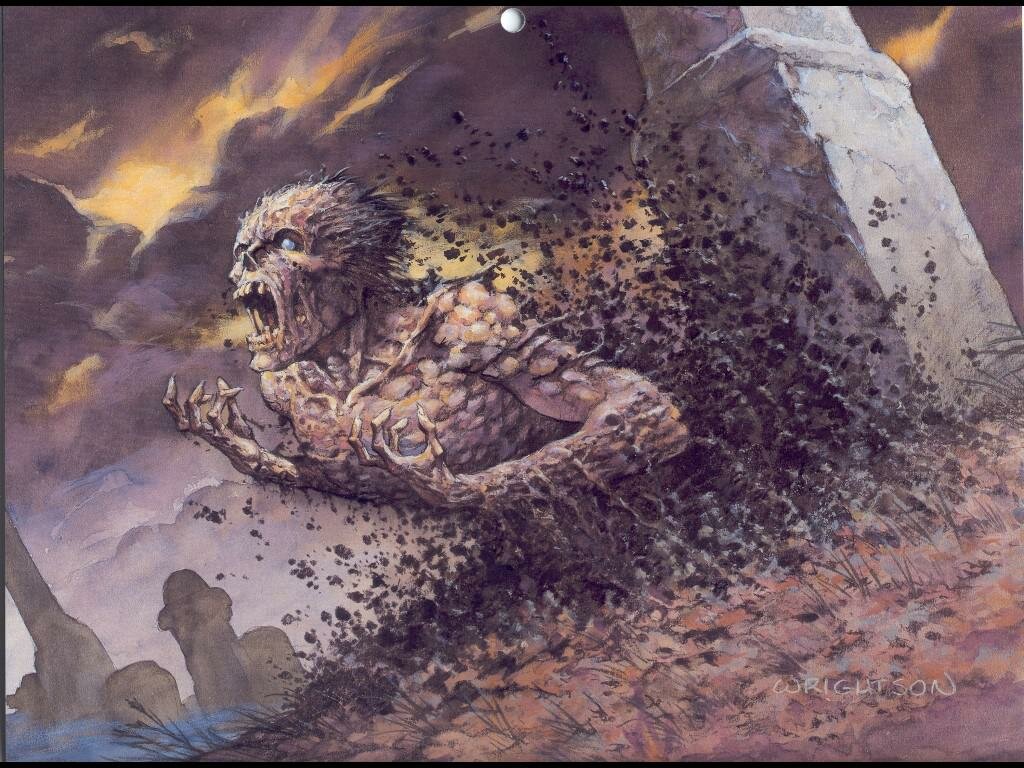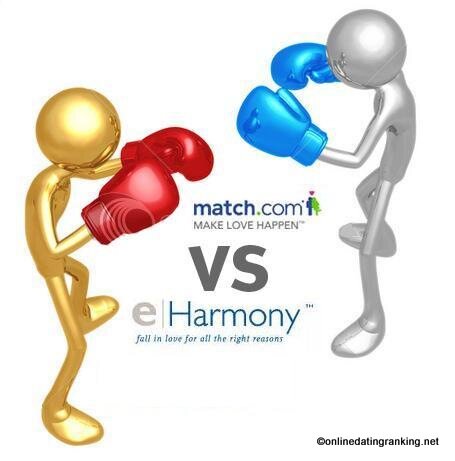Top 10 National Symbols
Suggested by SMSTalk about national pride. From flags to designated animals of state, nations go out of their way to distinguish themselves from one another. They’ve made national emblems out of everything. But beyond making nations stand out, patriotic icons can also help outsiders learn a lot about a country with just a quick glance. A fleeting look at an icon list could tell you about the national geography, history, and even food preferences!
The symbol frenzy started with the birth of the modern nation in the 1800s, when states began defining themselves with national identities. Since then, official (and unofficial) icons have taken off. Some national symbols are riddled with pomp and circumstance, but others are just plain weird. Read over this list of the top 10 familiar and bizarre national icons that most every country adopts, whether officially or just by popular consensus. You’ll learn that there’s no end in sight to patriotism.
10. The Flag

As the quintessential national icon, the flag of a country gets a lot of attention. It’s the most obvious icon for distinguishing nation-states, and it is flown over all official buildings in the country that it represents. Flags are the easiest ways to tell apart different national groups at international events, too. At the Olympic Games, for example, athletes from various countries are represented by the flags they carry. And their supporters wave national flags too.
In theory, there could be as many as six official flags for each country, three for land purposes and three for use at sea. On land, there are sometimes separate official flags for government use, civil flying, and wartime use. At sea, flags are called ensigns, and there are three separate kinds available there as well–also government, civil, and war. In many countries, such as the United States one national flag is used for all six purposes. However, there are some nations that maintain six different flags for all of the above situations.
Flags were first used thousands of years ago, before recorded history. But political flags are much younger. The first flags similar to modern state flags were used after political entities grew with the rise of civilizations, but they didn’t become popular until the Middle Ages. Early political flags changed often because they were often more associated with leaders than with the state itself. It’s not until more recent times that flags have been considered a permanent icon of a national state. Denmark boasts the oldest state flag still in use today. There are records of the Danish Scandinavian Cross as early as the 14th century!
9. Anthem or Hymn

National anthems are often sung at sporting events
It’s that song they play before sporting events and at special state ceremonies. You’ve got it, the national anthem. National anthems, sometimes called national hymns, are less tangible state icons than flags, but they’re still very popular. Odds are you know your country’s national anthem by heart.
Most non-European national anthems were made official shortly after a state became an official nation, usually in the 19th or 20th centuries. But since many countries adopted anthems shortly after being released from colonial influence, the large majority of national songs are composed in the European style. Only a few non-European countries use indigenous music in their songs of choice.
There’s a lot of variation in national anthems, especially in countries with multiple official languages and cultures. Some countries, like Switzerland, have adopted different anthem lyrics for each official language. The tune remains the same, but the meaning of the song varies slightly. Other countries simply don’t include lyrics in their anthems to solve the problem of language discrepancy. Spain, for instance, doesn’t sing along to its national anthem, “La Marcha Real.” Some countries just go with one language, even if many residents don’t speak it. For example, “Jana Gana Mana,” the anthem of India, has accompanying lyrics only in Bengali even though many other languages are spoken in the country.
8. National Colors

Most countries have national colors that are used to represent the country outside of standard icons like the flag. National sports teams might flaunt these colors, or people might decorate with them for national holidays. As you would expect, most countries pull their national colors from the state flag. The United States’ national colors, for example, are red, white, and blue because those shades are used in the country’s flag. In fact, the red-white-and-blue combination is common in many other countries as well, including France, Cuba, Croatia, Costa Rica, and Liberia; all of these countries use red, white, and blue in their flags as well.
Although flag colors make the most likely national color choices, some countries’ national colors have nothing at all to do with the shades of their iconic banners. Italy, for example, has a flag that is green, red, and white, but its national color is blue! The blue color of Italy was not a random choice, however. Blue was the official color of the House of Savoy, the ruling family of Italy until World War I. So in fact, the color blue has a longer standing history than the Italian flag. In real life, most Italians wear the colors of the flag to celebrate their country. But officially, blue should be the way to go.
7. Animal

The dragon is the national animal of Albania, China, and Armenia
Most nation-states have an animal that epitomizes the country. Animals are often officially recognized emblems of the nation, but not always. And sometimes, national animals aren’t even real! Albania, China, and Armenia, for example, all consider the dragon to be one of their national animals. And in the United Kingdom, the unicorn is among the list of nationally revered creatures, though not officially. Even though there won’t be any unicorn sightings anytime soon, the mythical creature still has a place in the UK’s iconography.
Needless to say, some national animals are more intimidating than others. South Korea’s tiger or Argentina’s cougar would surely beat one of Iran’s national animals–the Persian cat–in a fighting match. And the influence of the national animal varies from country to country too. In the United States, for example, the bald eagle graces the Presidential seal and is one of the country’s most recognizable symbols. And in Mauritius, the extinct Dodo stands on the left side of the official coat of arms. The Mexican Chihuahua, on the other hand, hasn’t made such an official appearance. The small dog is more a cultural symbol than anything else.
6. Food and Drink

Empanadas are a national food of Argentina
Empanadas are to Argentina as rice is to China. Both items have become thought of as national foods, even though they aren’t official. National dishes are an informal national emblem, and they aren’t used by the state itself. But people all over the world identify certain regions with foods, so the food emblem has stuck.
Some national foods and drinks are familiar stereotypes, like baguettes in France or couscous in Morocco. Others, like Tanzania’s octopus curry, just seem strange. But regardless of how well they’re known, national foods develop because they are popular in the region. They are actually more tied to the general area instead of a country, so calling foods national icons is a bit misleading. But people will continue to think of countries based on their culinary offerings, which is why many countries have embraced foods as a new kind of national symbol.
5. National Personifications


Personifications of Indian and the United States
Countries aren’t people, but sometimes they’re made to look that way. For hundreds of years, artists have rendered regions in personified images. These personifications aren’t official emblems of the nation, but they are widely recognized. Lady Liberty and Uncle Sam are two popular American personifications that are recognized by anyone living in the country. Other national personifications from around the world include Zealandia, a woman who stood for New Zealand and was said to be the daughter of Brittania, the lady representing Britain. In India, Bharat Mata represents the country as the mother goddess.
Sometimes, personifications aren’t done for national pride reasons. Personifying a country is a common way to make fun of it too. The cartoon skunk, Pepe le Pew, is a good example of a mocking rendition of France. Pepe may be something of a French symbol for the rest of the world, but he’s certainly not condoned officially in France.
4. National Myths

The American Revolution has become a national myth
Young George Washington chopped down the cherry tree. That’s an example of a common American national myth. Most nations have a variety of myths that become emblematic of their culture. Myths can either be completely fictionalized stories about the past or exaggerated accounts of real events. The Washington-and-cherry-tree legend is most likely bogus, but it’s still told to kids all over America as an example of the honesty of the founding fathers. And events like the American Revolutionary War, while not made up, have been promoted to the status of myth in their retelling.
National myths aren’t officially sanctioned by the rulers of a country, but they’re present all the same. Everyone knows a national myth because it’s engrained in the culture; these myths are taught in schools and referenced all the time. So although you won’t find a listing of national myths on a fact sheet about a country, they’re one of the most important national icons out there.
3. Patron Saints

Saint George
Most nations with a sizeable Christian population have had a special saint designated as their protector. Although these patron saints are meant to be spiritual intercessors, they become something of a national symbol in their own right. Ireland’s St. Patrick is the best example. Even though he’s not an official emblem of Ireland, St. Patrick’s feast day on March 17 is celebrated as an Irish holiday all over the world!
Usually, patron saints lived in the country they are associated with. But this isn’t always the case. St. George, for example, is the patron saint of multiple places he never visited. George was a Roman warrior and Christian martyr who is also the killer of a dragon in legend. He is most famously the patron saint of England, but he also holds that title in Ethiopia, Georgia, Greece, Lithuania, Palestine, Portugal, and Russia.
2. Inanimate Objects

The Eiffel Tower is a symbol of France
Weird, but true. Lots of times, a nation will come to be known by one building, natural landscape, or artifact. Think about the Eiffel Tower for France or the Great Wall in China. These icons become like shorthand for the nation itself. Lots of times patriotic objects aren’t sanctioned by the government. They just become popular on their own.
Symbolic national objects can be as simple as a maple leaf (Canada) or as complicated as Machu Picchu (Peru). Either way, these things make you think about the country of their origin, almost as much as the national flag.
1.Poets


William Shakespeare and Emily Dickinson, two national poets
Who would have thought that a poet could be the symbol of a nation? But, sure enough, most countries have designated national bards who are meant to spread the word about their state to the rest of the world. National poets are the culture heroes of a country, and unlike poet laureates, they maintain their rank permanently. Their work embodies the lifestyle of a region or state; in fact, poets often are thought to create the identity of a nation.
It might sound strange, but official state poets are usually dead. They’re nominated to the rank of national poet after they have achieved considerable acclaim, which usually occurs after death. For example, the national poets of the United States are Emily Dickinson and Walt Whitman. In England, Shakespeare takes the honor. Germany has a list of about 20 national poets, two of which–the brothers Grimm–are known more as prose writers. Poets are no doubt influential. But to have them as official icons of state? That makes them legendary.










This is cool, but you are supposed to talk(or write)about the types of National Symbols not what it is made up of.
Try and improve this.
I KNOW RIGHT
Sorry. I made a mistake. I was thinking about types of National Flags.
Don't do anything to change it.
well in my own opinion as a Nigerian i belive in the National flag and anthem.